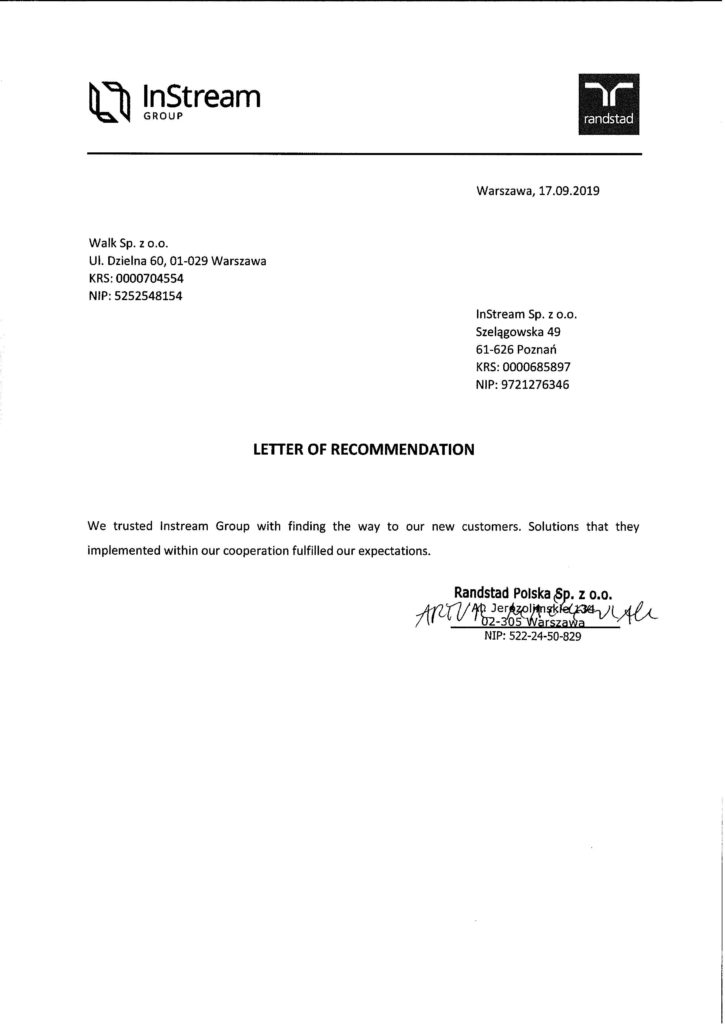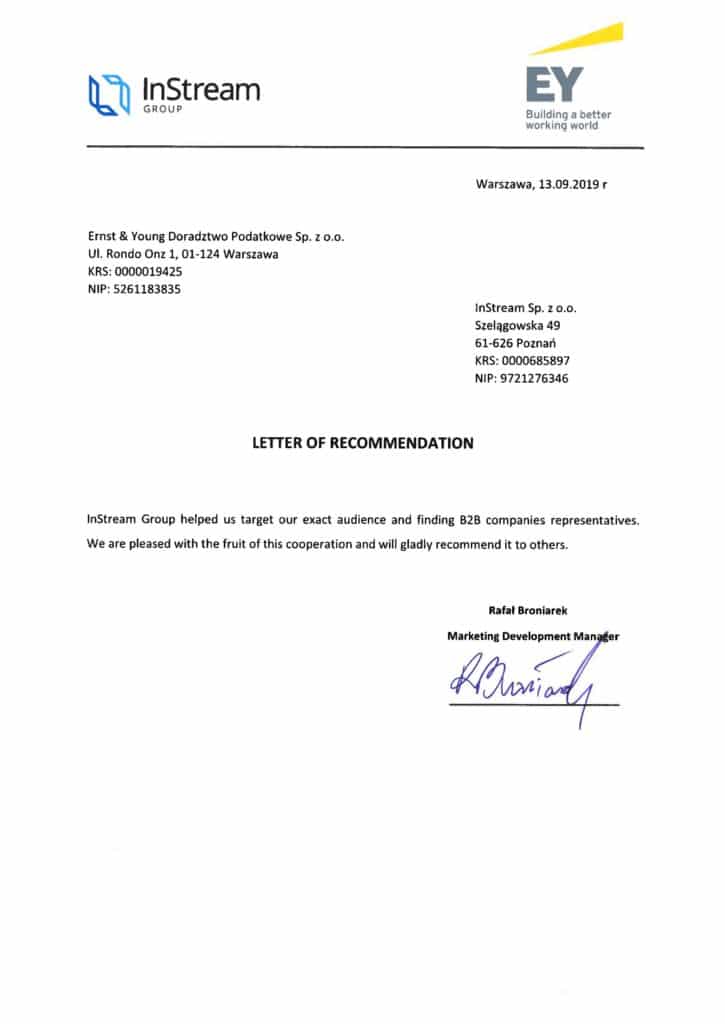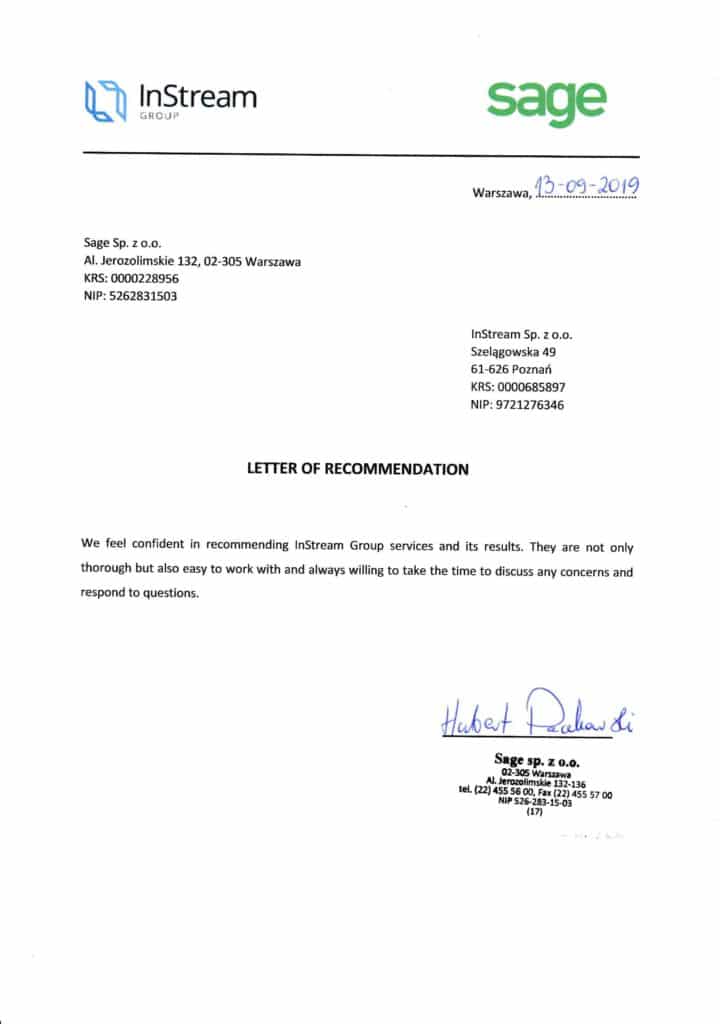Many early-stage businesses base their revenue on the first key customer, who is often the company’s only source of revenue for a long period. Eventually, new customers start coming in, usually by referral/reference. It can therefore be a problem for early-stage companies to plan an appropriate lead generation strategy both in terms of the product or service as well as the leads’ value. The value of a lead can vary depending on its source. In order to assess the value of a source, it is first necessary to calculate the costs that are generated when capturing a lead.
The value of a lead differs primarily depending on whether it comes from a so-called inbound or outbound approach. In other words, a lead can be generated in an inbound or an outbound way. Inbound methods include: content marketing, social media, blogging, advertising, AdWords, media releases and many others. Whereas outbound activities are: Cold Email, Cold Calling, or Social Selling. For more details on these, see our article Effective Lead Generation. The first ones, i.e. inbound leads, are definitely cheaper methods of generating leads, in their case the targeting possibilities are limited. On the other hand, outbound leads are definitely more expensive, but at the same time they are usually targeted very precisely, which yields better results for the company in the long run.
An efficient sales organisation is aware of the value of each lead and focuses with great emphasis on insightful return calls and converting each potential customer into a prospect. However, many companies lack a sales culture and the leads generated are not subjected to value assessment. This results in very low conversion of leads into sales opportunities. As InStream Group, we have a very frequent opportunity to review and audit sales organisations in terms of their sales culture. When conducting B2B lead generation audits, we highlighted one of the main problems businesses create – abandoning a lead after just the second or third contact attempt. However, nationwide statistics show that to get a 90% success rate of converting a lead into a prospect, at least six contact attempts should be made. Unfortunately, over 60% of salespeople give up right after the second attempt. This is a very big problem for the organisation because, to put it bluntly, it is like throwing money down a rat hole. It is therefore a very good and important practice to measure and inform salespeople of their lead to prospect and lead to customer conversions every month as an average conversion further down the funnel. This enables you to build a long-term approach that positively impacts your organisation’s lead conversion.
However, there are situations in which the salesperson should close the lead based on the information provided. Why? Because not every lead is suitable for processing, but every lead costs the team time. Introducing lead qualification into the organisation is a very good way to verify this. The marketing department should be very thorough in flagging the sources from which B2B customers are acquired. When a salesperson adds a lead to the CRM system, the lead should be marked according to its generation source. Then, at the stage of the sales process, the salesperson should qualify the lead internally after the first phone call as part of the qualification or needs verification stage. One of the most common methods of qualifying leads is bant or batna qualification.
These methods involve preparing the right questions to allow the salesperson to better understand the status of the lead, its value and its sales potential. They focus on four key elements: budget, authority, timeline, need. However, awareness and the ability to ask the right questions are two different concepts. While awareness allows the salesperson to qualify the customer according to these four criteria, the ability to ask the right questions enables him or her to obtain useful information. Nevertheless, this task often proves very difficult for sales teams. For more information on how to qualify leads under the above methodologies, check out our blog.
The Budget Criterion
The criterion that can be most difficult to verify in sales teams, due to a kind of taboo, involves asking the prospect about the budget. A salesperson failing to explicitly ask the customer about this risks devoting his or her time to a company that does not meet the qualification criteria from the outset. To effectively verify the customer’s budget, you may ask the following questions:
– Have you performed similar services before?
– What resources have you devoted to it?
– Do you have a planned budget?
The Authority Criterion
You should verify that you are talking to the decision-maker who will make the purchasing decision. You should also check whether any other people are involved in the decision-making process, or if it is just the person you are currently in contact with. It is also a good habit to find out who in the organisation will be most affected by our product, so verify the so-called end user. He or she is always of particular consideration in the decision-making process, so it is good to have him or her as an ally.
The Need Criterion
Defining needs is very specialised and actually related to a specific problem, so this element is very often dependent on the client’s offer. It is however possible to include such questions here that will allow us to better understand the cause of the customer’s problem. For example:
– How has the customer realised that they need this kind of solution?
– How will the customer recognise that their problem is solved?
– How does the customer choose the right solution?
The Timeline Criterion
It is essential to be as thorough as possible in verifying when the customer is going to decide on the choice of partner, how long the decision-making process will take, when the customer wants to complete the service or purchase the product.
Lead generation is part of the entire sales process. A company that has an effective customer acquisition model but cannot process leads effectively will continue to be ineffective in its overall process. This is why it is so important that while focusing on generating B2B leads you simultaneously plan for lead processing, qualification, quoting and closing.

Lead Generation- Internal or External Acquisition?
Practically every online business has a marketing manager. More and more offline businesses that decide to acquire new customers also hire a marketing specialist as a first step. Having such a person on board allows you to develop internal knowledge, scale tasks, and perform very precise product targeted action. Yet many organisations, due to their scale, are unable to maintain an internal marketing department. In this case, organisations turn to marketing agencies or B2B lead generation agencies in order to delegate key tasks to specialists. Both of these models are effective.
Lead generation is a systematic, long-term and strategy-driven activity. When deciding to employ a marketer, a company must be aware that the outcomes will not appear immediately. They are usually the result of quarterly or at least half-yearly work. Unfortunately, the same applies to cooperation with an agency. In case the agency uses other methods, which exceptionally generate leads on a regular basis, you have to be prepared for the fact that both financial and time investment is needed to obtain the first results.
Lead Generation – Internal Department
When deciding to generate leads through an internal department, the first step is to develop a model of a target customer. Understanding who your customer is will enable a very insightful planning of how to capture leads at the lowest possible cost, while still using effective methods. Any marketing specialist should be able to handle this task without any problems. On the web, there are many models on which you can base your work. At InStream Group, we characterise leads through our in-house proprietary customer analysis. We consider what are the common denominators between us and the customer, what processes occur at our customer, what problems customers have with these processes and how we are able to solve them. In addition, we consider who our customer is, what type of company it is and what is the position of the person who, from our perspective, is the decision-maker. This fairly simple analysis provides us with a quick definition of where we should look for such a customer and what methods we should use: outbound or inbound.
Marketing and sales departments cohesion is also worth noting. Unfortunately, in many companies the sales department is a completely separate team very rarely communicating with the marketing department. Quite often these relationships are downright negative, and such a situation is very bad for the company. Employees should be made aware as soon as possible that both departments are in the same boat. The marketing department needs the sales department to better understand the customer, while the sales department needs the marketing department to win the customer. Coherent and cohesive communication within the organisation will certainly help to increase the number of leads generated.
Do not forget about:
Structure. Capturing leads is a process that requires systematic approach. That’s why it makes sense to implement marketing specialisations within organisations. Customer acquisition is a task for the whole team, but each member can be responsible for different elements, including but not limited to marketing analytics, content creation, ad management, growth hacking.
Recruitment. When deciding to build your own marketing team, you should start by recruiting a person with very extensive experience, who will be able to develop and manage the team, and will also be aware of what further members, with what skills, the team needs. Recruiting people with little experience as the only members of the team results in their potential not being used and, most often, the company does not achieve the results it planned for.
Lead Generation – External Partner
Generating leads through an external partner is also an effective solution. For many organisations, it is even the best one. If you need to act quickly and have no experience in customer acquisition, an external partner is a good decision. The choice should be based primarily on experience. There are many companies that are effective in generating leads, while they may not have experience in a particular industry. This unfortunately means that the company will learn at the customer’s expense. Therefore, when choosing a partner, it is worth verifying their previous experience.
Working with an external partner certainly requires a great deal of cooperation between the principal and the contractor. The agency that deals with lead generation must know the client’s business very well. Both parties’ contribution to the understanding of the client as well as the client’s target and needs made at the very beginning of the cooperation will have a direct impact on the results. An effective lead generation, just as in the case of an internal marketing department, means that communication between the client’s sales department and the contractor’s marketing team is very good.
There are different models of settlement between a company and a lead generation agency. A large number of agencies work in the project model, and are paid according to the results obtained. Others work in the CPS model (cost per sale/success fee), i.e. they charge for the revenue generated. Some choose the so-called CPL model (cost per lead). All these models are effective, usually the devil is in the details. At InStream Group, lead generation is based on a project model. However, in each project, we guarantee a specific number of generated leads. In this way, we protect our client from an investment that does not generate adequate revenue. We always start B2B lead capturing with a company analysis and the development of a so-called customer behavioural profile. Such activities enable us to perfectly understand how to reach the customer, what their current problems are and who we should talk to in a given organisation. Lead generation is based on several methods. We choose them depending on the needs of the partner. Frequently, we hold talks with sales teams, to find out which types of leads are the best, and what criteria the leads must meet for the team to qualify them for the next stage. Customer acquisition using an external company also takes time. While deciding to work with a partner, you need to include a period of infrastructure design and strategy development just as you would with an internal team. More often than not, agencies that promise immediate success use off-the-shelf models that may produce some results in the short term, but in the long term are not tailor-made solutions.


To sum up, generating leads, whether with an external partner or internally, is a process that requires collaborative communication both internally and externally. Choose the right strategy, analyse possible costs, plan investments and get down to acquiring customers. Measure the results as quickly as possible and try to analyse every move, evaluate it from a revenue perspective and compare it with the costs. Only in this way will you understand soon enough which lead generation activities are best for you. Good luck!
Lead Generation – Cold Calling Still Works
Cold Calling is a customer acquisition method that has been popular around the world for at least 40 years. This technique became known with the development of telecommunications. The first markets that started using this method were foreign markets, including the United States. The first Cold Calling actions took place through call centre teams. At the beginning, they mainly covered B2C services. Generating leads with the Cold Calling method was extremely effective in its early stages. At that time we as a society were not yet used to this being some kind of sales form. Our stimuli did not register the fact that persuasion was being used in communication, that what appeared to be a simple interesting conversation was in fact a planned commercial scenario. Over the years, this technique has become a major tool for sales teams. Every salesperson who has ever worked in the industry has had to carry out proper Cold Calling, learning the various negotiation techniques used during phone calls. Unfortunately, over the years our awareness of, and resistance to, this method has grown. One could even say that we have become immune and subconsciously blocked this sales method. Conducting sales via call centres in the B2B industry today is hellishly difficult. It is used for new, innovative products or those which are necessary for some people, e.g. loans or insurance. For several years, industries have tended to focus on other methods rather than generating leads through Cold Calling.
The fact that Cold Calling is not the number one method of lead generation today does not mean that it is ineffective. Some industries even suggest that it is experiencing its second golden age. Cold Calling requires access to a good quality telephone database. This is apparently much harder to find today than it was in the past. Over the years we have become more sensitive about how our data is processed and how it is shared with other economic entities. As a result, companies that used to work on databases that were easily accessible and relatively cheap to buy, now have to cope in a completely different way. In addition, the GDPR Act has made these companies comply with additional regulations. The sad fact is that, unfortunately, many of these agencies do not comply with legal requirements, focusing only on revenue. Here, however, one should expect that the Polish law will act in due course. Cold Calling requires the development of a specific scenario. Generating leads with this method is effective provided that we have good quality contact data, understand our clients, know what their needs are and possess the right skills to talk about them. Performing tasks in an emotional way based on scripts that are very much sales-oriented raises negative feelings these days. That is why at InStream Group we do not use Cold Calling when it comes to customer acquisition, we suggest other ways. However, we also know that in some businesses this technique is simply effective. So if you have the ability to access high quality phone contact data and have a team that is prepared to talk to customers, you should also consider Cold Calling as an effective lead generation method.

Acquiring customers through Cold Calling requires a script for the conversation. It’s not about reading during the call, it’s about establishing effective practices, developing a smooth and efficient process for understanding the customer’s needs, but also describing your product and presenting it attractively in the context of those needs. A good Cold Calling conversation should include elements such as: Intro, needs verification, company and product overview, Call to Action (CTA). The last element is very important. It allows to plan the next step, action, e.g. meeting or online demonstration with a customer. If a company decides to generate leads using the Cold Calling method, it must prepare appropriate analytics. So, we need to measure how many calls the team makes per day, what kind of conversion each salesperson gets from cold calling.



